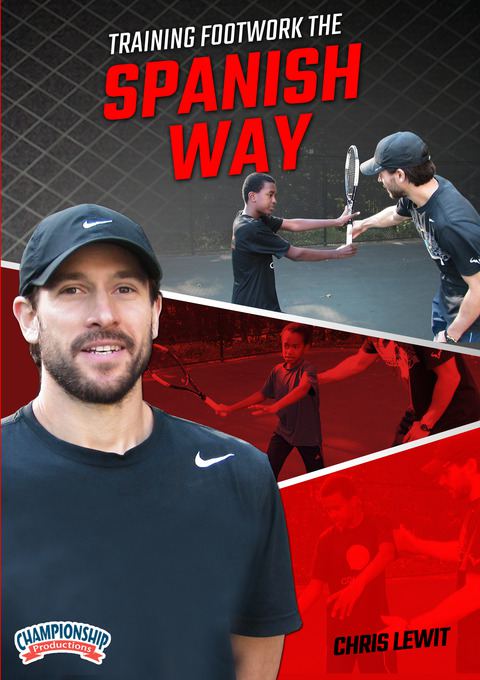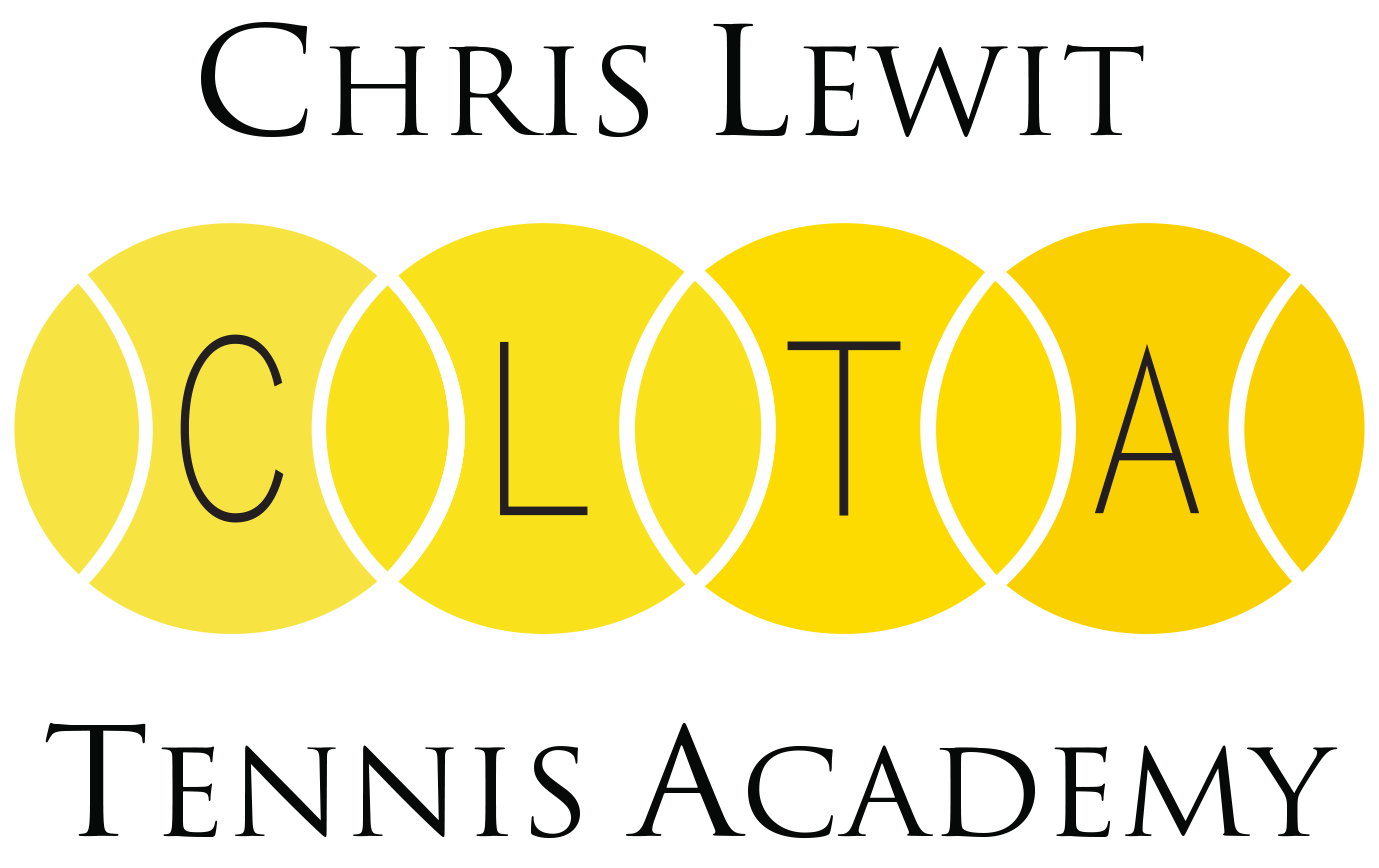CHAMPIONSHIP PRODUCTIONS
TRAINING FOOTWORK THE SPANISH WAY
Learn the footwork drills, philosophies and terminology that players are taught in Spain.
Features and Benefits:
Make consistent ball contact and improve balance and consistency through the use of hand feeding
Discover a variety of drills that work the forehand, backhand and forward/backward movements on the court
Push athletes to their limit both mentally and physically to get maximum improvement during every training session
Eight years spent traveling and studying tennis instructors in Spain has left Chris Lewit with a wealth of coaching knowledge that he's eager to share. In this video, the certified USTA High Performance Coach explains the philosophies and terminologies that Spanish coaches use to train the footwork of their tennis players. You'll also get drills used by Spanish coaches designed to create world-class tennis players. Once you've seen and heard how footwork is taught in Spain, you'll know why the country produces so many elite players!

